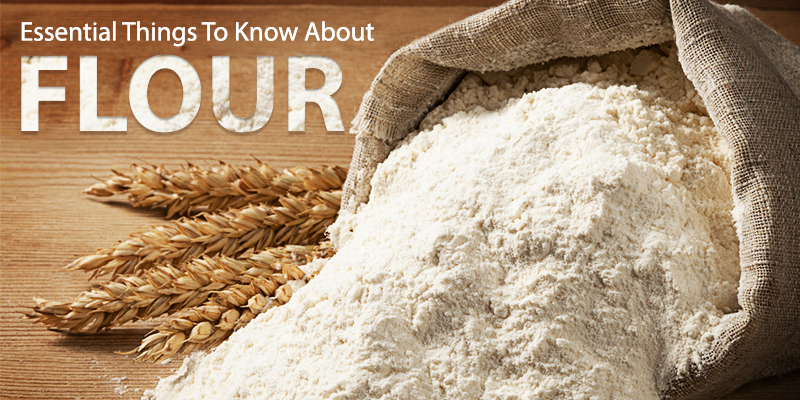If you bake bread, you can be in a scenario where the pantry is filled with dispersed bags of flour; each waiting for its turn to be used in your subsequent bake. Attending bakery classes in Chennai might have taught you many facts about using different flours for different delicacies. But the most intimate and essential information about flour must be known too. Here in this blog, let’s discuss some essential things about flour.
Knowing some key takeaways about how the flour is being spoiled is an additional advantage for you to store it most appropriately.
- Light, oxygen, and moisture will shorten your flour’s shelf life.
- The main factor leading to flour spoiling is the degradation or breakdown of the lipids (oils) in the flour.
- Keep your flour stored in the freezer, tightly wrapped.
Why Does The Flour Get Spoiled?
The protective outer husk or bran layer of whole grain berries is split apart during milling, exposing the inside parts (germ, endosperm, etc.) to air, especially oxygen and more moisture. Along with these elements, the grain also includes a minor but significant amount of lipid (oil), which is susceptible to oxidation and the first to go bad. Baking courses in Chennai say that the lipids in the flour degrading is the critical factor causing poor flour efficiency and a lack of pleasant flavor and aroma.
Causes
There are two types of rancidity: oxidative, which is due to lipid reacting with oxygen and hydrolytic rancidity, which is the breakdown of fats with the release of fatty acids.
The Lifespan Of Flour
How long is flour good for? The most frequently asked question! For the reasons mentioned above, whole grain flour typically has a shorter shelf life when maintained under the same conditions. Baking classes in Chennai state the shelf-life of different flours.
All-purpose or bread flour, which is made of white flour, normally does have a use-by date of nine to fifteen months. If indicated, it is preferred to use white flour within a year of the processing date. The ideal date for flour should be stated on the bag if you purchase it from the marketplace.
Generally speaking, whole grain flour seems to have a use-by date that is three to nine months from the processing date. If stored on the countertop, it is preferred to use whole wheat flour immediately as possible. If kept in Athe fridge or freezer, it can be stored and used for up to six months.
A higher proportion of the husks and germ is contained in high-extraction flours like Type-85. As a result, it is advisable to consider these flours like whole grain flour and use them right away. The shelf-life of this high-extraction flour is six to twelve months. It is strongly recommended by professional bakery courses in Chennai to use it earlier as possible.
How To Identify Spoiled Flour?
The scent is the main indicator of whether your bakery flour has spoiled. The usual smell of rancid flour has been characterized as “musty,” “waxy”, or “rubber-like”. You can smell it, but it’s hard to describe; it smells like a cross between waxy and sour crayons.
When baking efficiency is concerned, stale flour usually results in a loaf with a smaller volume and a poorly coloured, pale crust. Additionally, the flavor will be wrong, typically exhibiting bitter undertones that are especially apparent when using whole grain flour.



